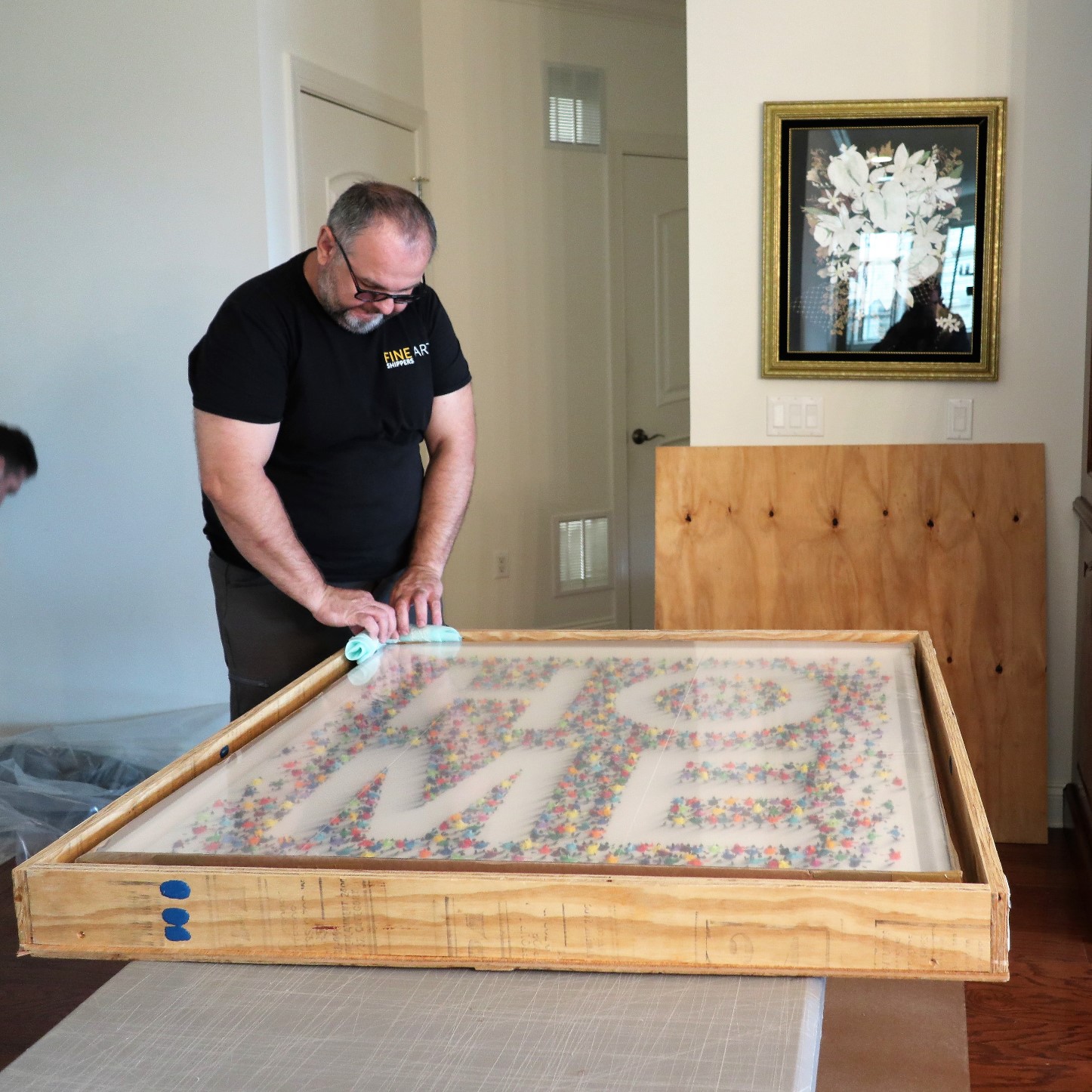Any artwork requires careful packing before it is moved from one location to another. Don’t take this process lightly, as the quality of the packaging will determine your precious belongings’ intactness. This blog post shares the wisdom and expertise of the Fine Art Shippers team, related to packaging artwork. Here’s everything you should know to make artwork shipment a no-brainer.
Packaging Artwork: Key Principles
We at Fine Art Shippers keep to the following professional standards of art packaging:
- Eco-friendly, reusable, acid-free packing materials.
- Customized crate or box dimensions for each item.
- Extra protection for glass-covered fine art.
- Specialized treatment of fragile objects.
What Does Professional Packaging Guarantee?
Saving money on professional services of packaging artwork may be too tempting for many fine art owners. But before you wrap your antiques or paintings into countless layers of foam and toss them into a carton, please consider the following benefits of our expert assistance.
Anti-Vibration Protection
We apply various cushioning materials to minimize the impact of vibration and shocks that a vehicle may experience when moving on uneven roads. Besides, all boxes are firmly fixed inside the truck to avoid any movement during transportation and bring down the risk of damage or fracture to zero.
Light-Proof Solutions
Exposure to bright light is highly dangerous for old, precious artworks, as their brightness may fade out. To prevent this damage, we use light-proof packaging for end-to-end protection from sunlight throughout the shipment process.
Moisture-Proof Insulation
Humidity is a deadly risk for fine art, especially paintings. We reduce the risk of moisture-related damage during transportation (especially for items transported by sea) with guaranteed object insulation with moisture-resistant materials.
How Do We Select Packaging Materials?
Packaging artwork is not a one-size-fits-all practice, as every object we handle is different. Thus, we consider every order separately and select the packaging strategy and materials depending on the object’s type, the distance it will travel, and the shipping method. Our most commonly used materials are the following.
- If the piece of artwork requires soft packaging, we use acid-free 4 mil art plastic and kraft bubble cushioning, putting it all into a cardboard box.
- Foam sheets are applied for vibration reduction during transportation.
- Glassine paper wrapping is optimal for water, air, and grease resistance in transit.
- Solid insulation of the packaged artwork is ensured with PVC or polypropylene tape.
Feel free to contact our managers or request a free quote to get the safest packaging service for your valuables.
